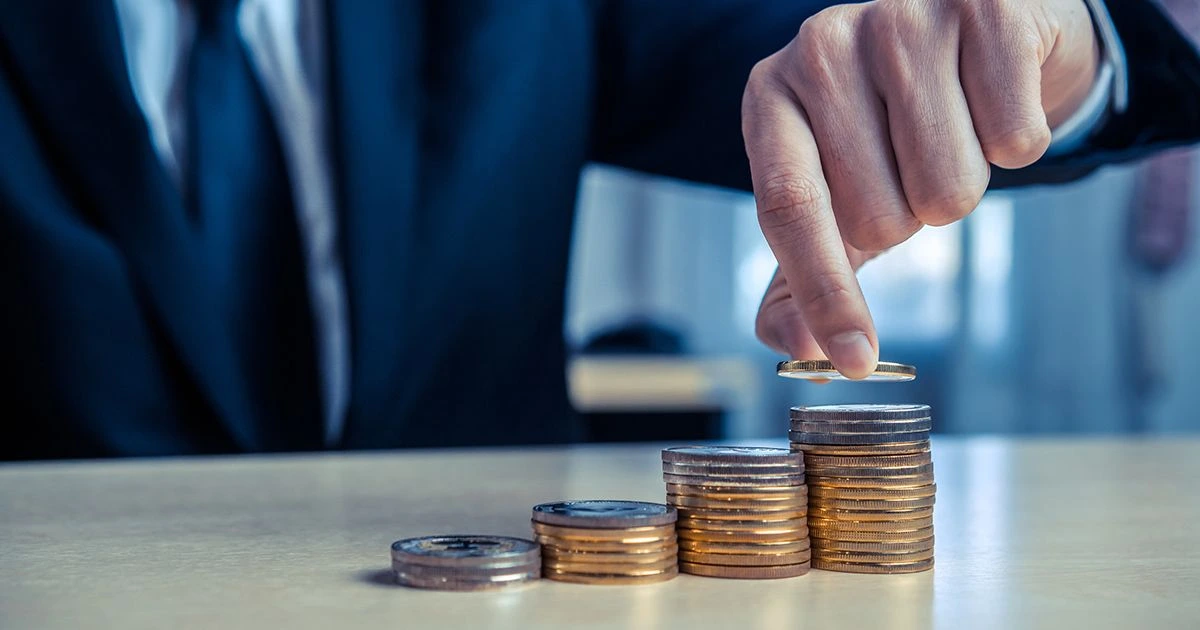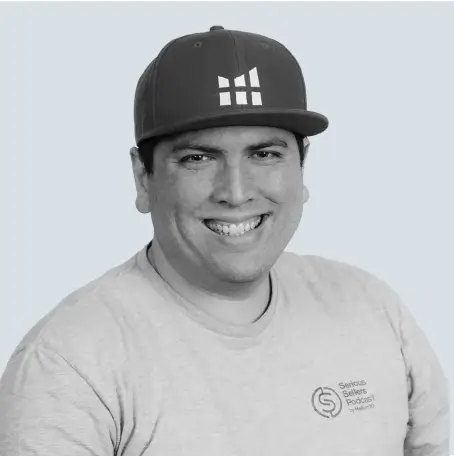
How Much Do You Need to Start Selling On Amazon? See How I Launched 12 Products for Only $5K


How much money do I need to sell on Amazon?
If I had a dollar for every time I heard that question, well, I’d probably have enough money to launch 12 products on Amazon.
Actually, that’s exactly what I did, and I’m going to show you how it only took me a total of $5,000 to do it!
Let me take you back to the beginning. As I mentioned at the outset, this is one of the most asked questions I have ever gotten. When asked, I tell people that there is no set amount. It depends on your goals and your financial situation. Even if you were short on money, $1000 is enough to start a private label product.
Still, until I can show definitive proof, I’m reluctant to shout these claims too loudly. Because of that, I was determined to do a case study to prove that you don’t need thousands of dollars to start an Amazon private label business.
This idea came to me as we were planning Project X. I didn’t want to steal the spotlight from Project X so it went on the back-burner.
Now, I was determined to see this thought all the way through, so I decided to do it on my own. Fortunately, at that time, a friend asked me for help with one of his clients who wanted to start her own Amazon business.
Nick (the friend), is the one behind the Inmotion hemp cream products that I’ve already done a case study on. His client had approached him with $5,000 and wanted him to find products to sell on Amazon, then launch and manage them. I thought this would be a great opportunity to put my case study to work.
Thus began “Project 5K.”
Some people might say that $5,000 is still a lot of money for a single product. With that thought in mind, I was determined to try to launch three or four products for that same amount.
Step one was to use similar strategies to those we demonstrated in Project X. To do that, I searched in Helium 10’s Black Box trying to find keywords with solid search volume, but without too much competition.
In July I came across a cool party product that had decent sales, and the existing competition seemed to have no clear idea how to sell on Amazon. In checking out the historical data from this niche I noticed that this product peaked in July and August, then had a slow September, and with another peak in October. Afterwards, it was slow until the following summer.
A seasonal product.
I decided it would be a good product to try, and thought I would try to add additional products to launch that have sales during the rest of the year. The price was super cheap, $2.59 manufacturing cost for a product that was selling in the low $20’s.
There were other competitors selling a nearly identical product. Because of that, I wanted to find a way to differentiate my product. I had noticed by analyzing the frequently bought together history of some of those products (again using Helium 10 Black Box), that many people were buying party straws together with this item. It made sense since it was a party supply product.

So, I decided to price out straws that I could include with this product. It was incredibly inexpensive. Less than a penny per straw. However, the minimum order quantity (MOQ), was 20,000 straws. I certainly didn’t need all 20,000 straws if I only wanted 10-15 straws in each package.
Thus, I decided to just sell these straws as another product by itself. 20,000 straws for $130 bucks is not a bad deal. That gave me 2 products I was going to launch.
Returning back to my original product; I noticed that the reason it would peak during the summer is that people bought it because it went well with a summer fruit theme. But the competitors were also marketing it as a product that worked for a fall theme. That’s why the SAME product would also peak during October.
The competitor’s listing wasn’t very well done with two completely different sets of images and marketing for the same ASIN. So, I decided to have TWO different ASINs, each dedicated to their own theme. But get this: I used the SAME PACKAGING. I made a full color package, and on two opposing sides it had the marketing for one theme, and the other two sides for the other theme. Therefore, in each Amazon listing, it was showing the same box, but just opposite sides of it, so it looked like a completely different product!
For the fall theme, I decided to throw in some themed straws as well. That meant that I had to order another 20,000 of those straws, so, as you probably guessed, it added ANOTHER SKU to my product launch. For those keeping track, that’s now 4 new products.
Since I was doing business with this new straw factory, I started researching straw selling opportunities with Black Box and found some interesting niches. Ultimately I ended up ordering EIGHT more SKUs of straws that I would sell as stand alone products. I estimated that this would increase the chances of having products that succeeded, plus it allowed me to diversify the sales.
The summer and fall straws would be great for the summer and fall. I then ordered straws I thought would be hot during Christmas. Plus, I ordered some straws that I thought would sell year round for general parties like baby showers.
In all, 12 SKU’s I put on order, for a whopping total of $3,430 dollars.
HOW COOL IS THAT?! Pretty cool I think.
Shipping charges from the factory to my door, including taxes, duties, etc. was $1,160. Total price (including delivery) of these 12 products was $4590. After shipping to Amazon I was still WELL under the budget of $5,000
After using the rest of the Helium 10 tools like Scribbles and Frankenstein to write the listings, I launched them in October. I used Rank Bell (an outside service), to get some Search Find Buy orders. I initially “gave away” 30 promotional units distributed over 6 products. I later did another 36 units for the other 6 products in November.
How were the sales?
October: 197 units, $3,000
November: 176 units, $1,600 (sold more straws that month)
December: 761 units, $5,800 dollars
January: 196 units, $1,700 dollars
February: 124 units, $1000 dollars
With the coronavirus pandemic, parties pretty much came to a halt. That caused sales in March and April to drop to only $1,300. However, the latter half of May, sales started picking up again and over $3,000 was sold.
Our gross from October to May, even with the market dying during Covid19, was over $17,000 dollars. Let’s not forget that I COMPLETELY missed the rush of the summer of 2019 for these products as well as the August rush. I’ll break down the numbers.
$17,500 Gross Sales – $5,000 Initial Investment – $8,200 Amazon Fees – $1,100 PPC = $3,200
Now, I didn’t even come close to selling out all of that initial inventory. Retail value of the inventory left over from that initial purchase is over $10,000. Let’s say that Amazon and PPC fees stay about the same for this remaining inventory. That means that the profit for that inventory should be about $5,000.
Return on Investment (ROI) is something I am not an expert on, but most calculate it as your Net Return on Investment divided by the Cost of the investment. So, in this case it would be $8000 / $5000 = 160% ROI.
Did anyone get rich on this? Of course not.
Next time, there is plenty I would do differently. I would start my launch earlier, however I launched this group of products as soon as was humanly possible. And, no one could have predicted COVID-19. But I hope you can see what we can learn from this.
1. You do NOT need tons of money to get started selling on Amazon.
2. With less money invested, it’s slower to scale-up your products on Amazon.
3. Not all the products you launch will be a home run. Out of the 12 products I launched, I probably am only going to keep six or seven of them.
4. Selling seasonal products is tough if you miss the main sales peak. However, they can really skyrocket if you hit the sweet spot.
5. Bundling products can help you differentiate your product and occasionally makes the difference in a launch.
6. If you have two completely different functions for the exact same product, sometimes it’s better to make two separate listings.
7. Inventory that takes a long time to sell is a big negative unless you have your own warehouse or storage (or access to very inexpensive storage solutions).
8. Ranking during the honeymoon period does not take many promotional units.
Don’t let people tell you that it takes 10,000 or 20,000 dollars to get one product on Amazon. If you’ve got that kind of money to spend, by all means, do it. You can scale faster.
As this Project 5K case study has shown, with $5000, $1000 (or even LESS), you can still start an Amazon business and build it up slowly. Find an opportunity for a product in a price range that fits YOUR budget; start slow, and scale up. Later you can think about launching the $10-20K products. Don’t let the lack of a huge bank account keep you from starting your business.
You don’t need it.
I used Helium 10 to initially find the products I wanted to sell, as well as throughout this case study. Give it a try for a month and see how many potential products you find. I guarantee you’ll find something you’d want to sell, or else your money back.
Sign up to try it out for a month right now, go to helium10.com and use the discount code SSP50 to save 50% off your first month. Remember, if you can’t find a product to sell, or you change your mind, just let the team know before your month is up and they will refund your money. There’s no reason to hold back.
I want YOU to start your own Project 5K, or your Project 1K; whatever your budget allows you to do.
I hope I’ve inspired you to get started selling on Amazon. If I have, reach out to me six months down the road and let me know what you did and hopefully you can come on the podcast with me to talk about it and pass the inspiration on to others.
If you enjoyed this article, please click on the links below to share in your social media! If you are exploring the possibility of starting your own Amazon business, be sure to check out Helium 10’s product research tool for Amazon!
Achieve More Results in Less Time
Accelerate the Growth of Your Business, Brand or Agency
Maximize your results and drive success faster with Helium 10’s full suite of Amazon and Walmart solutions.

